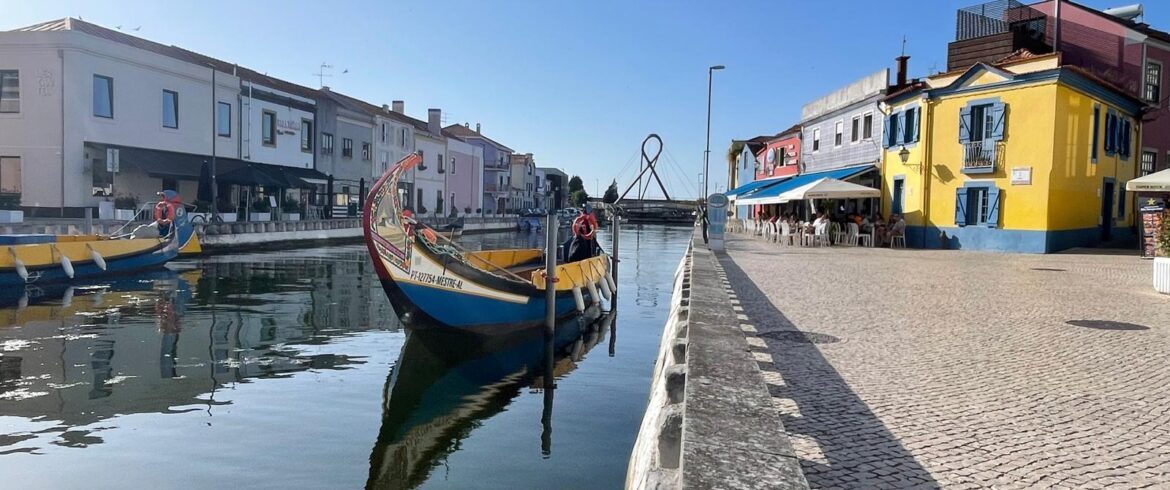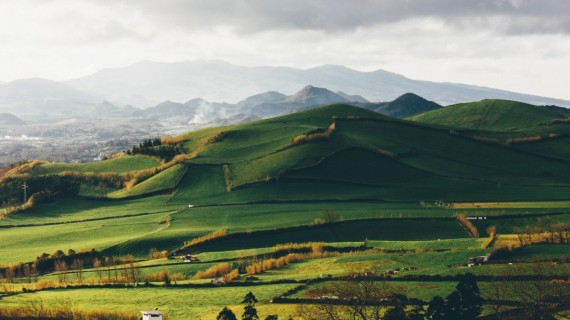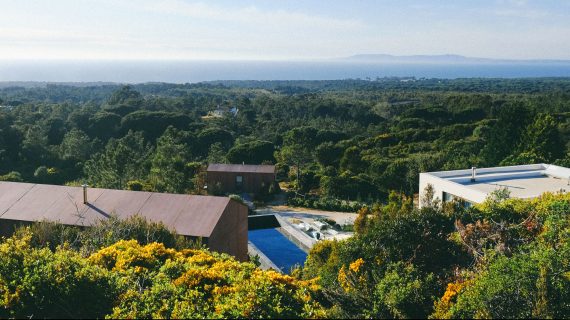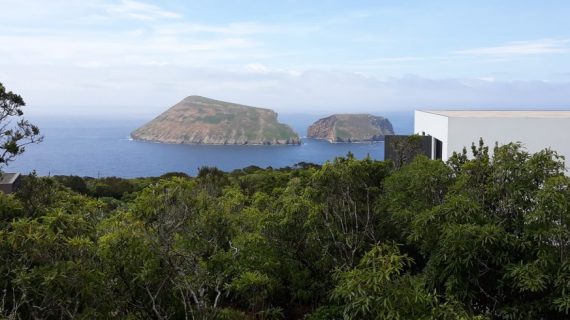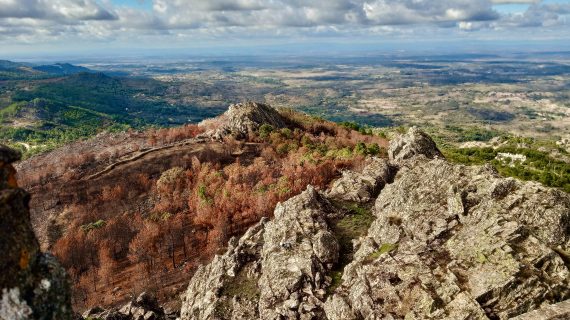Between the calm waves of Portugal’s Atlantic coast and the placid waters of a lagoon shimmering with color, lies Aveiro, a city that looks like it stepped out of a watercolor painting — made of quiet canals, colorful houses, and a deeply green soul. It’s no coincidence that it’s a finalist in the Green Pioneer Competition: Aveiro is a living example of how sustainability and beauty can blend, turning every trip into an authentic and conscious experience.
From electric Moliceiros gliding along the canals to salt pans turned into eco-museums, bike lanes, the shared bicycle system BUGA, and cultural enhancement projects — Aveiro invites travelers to slow down and let themselves be guided by nature, history, and a new way of exploring. If you’re dreaming of a holiday centered around slow mobility, biodiversity, and local traditions, you’re in the right place.
Here are six unforgettable and sustainable experiences to enjoy in Aveiro and its surroundings.
1. Cruise the canals on an electric Moliceiro
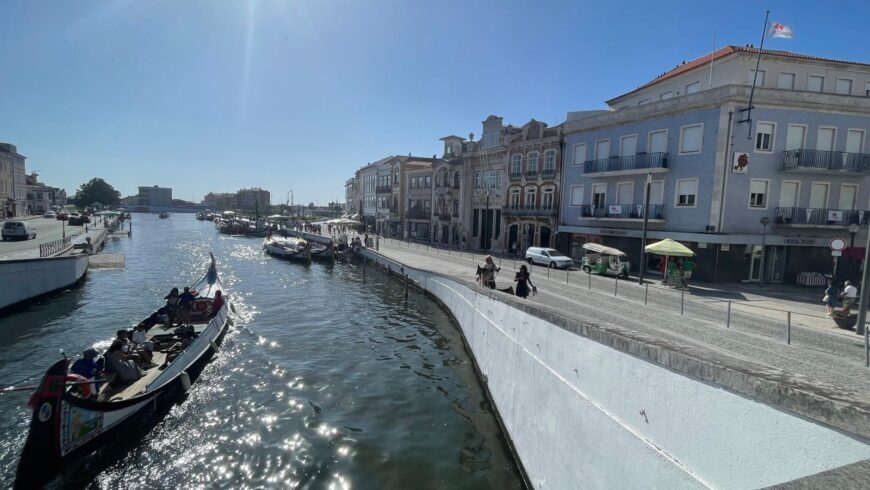
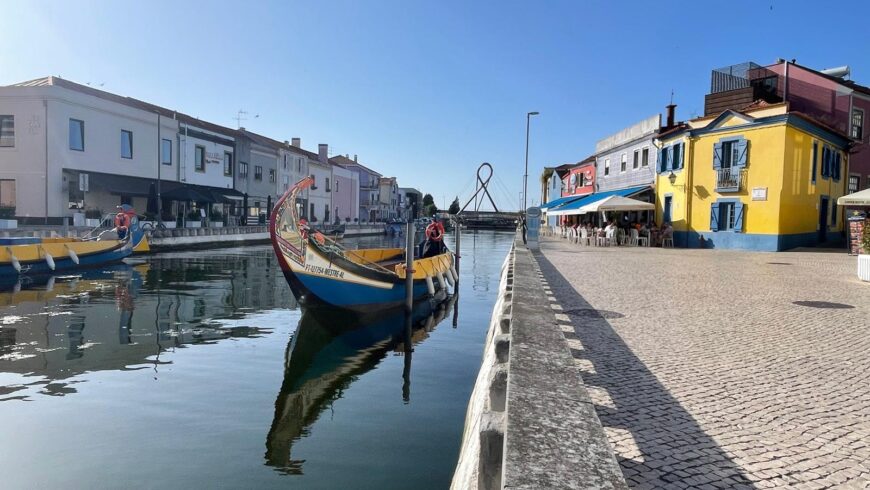
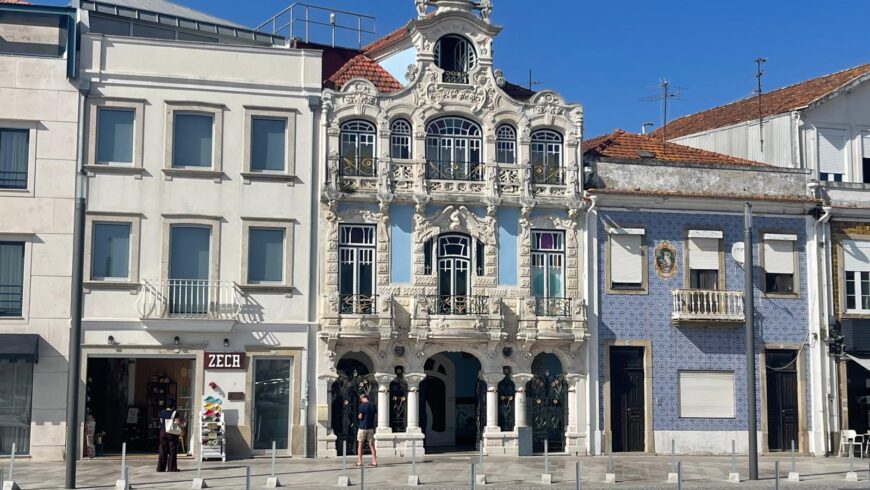
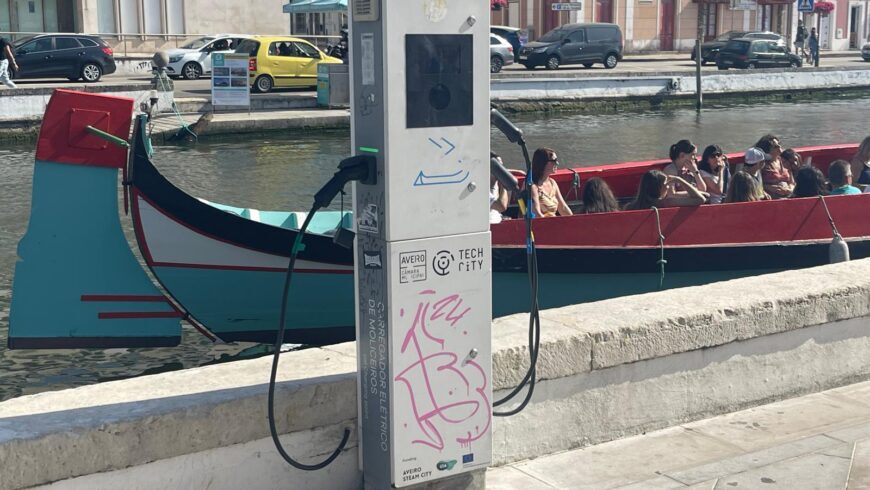
One of the most iconic and now sustainable experiences is the canal tour aboard an electric Moliceiro. These traditional boats, with their crescent-shaped prow and elaborate decorations, resemble the gondolas of Venice. Once used by fishermen to transport seaweed, today they’re powered by quiet, eco-friendly electric motors. During the ride, you’ll admire the colorful facades and Art Nouveau buildings, discovering the slow rhythm of the lagoon in a truly unique and relaxing atmosphere.
2. Walking through history, art, and flavors
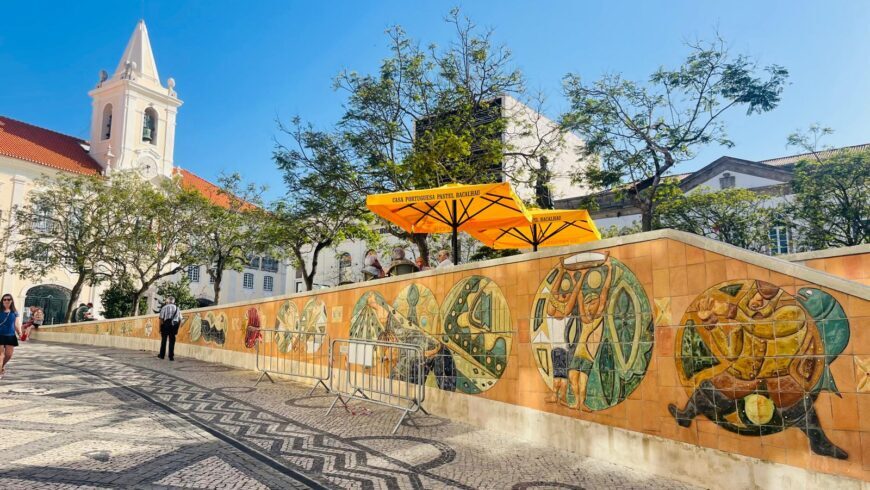
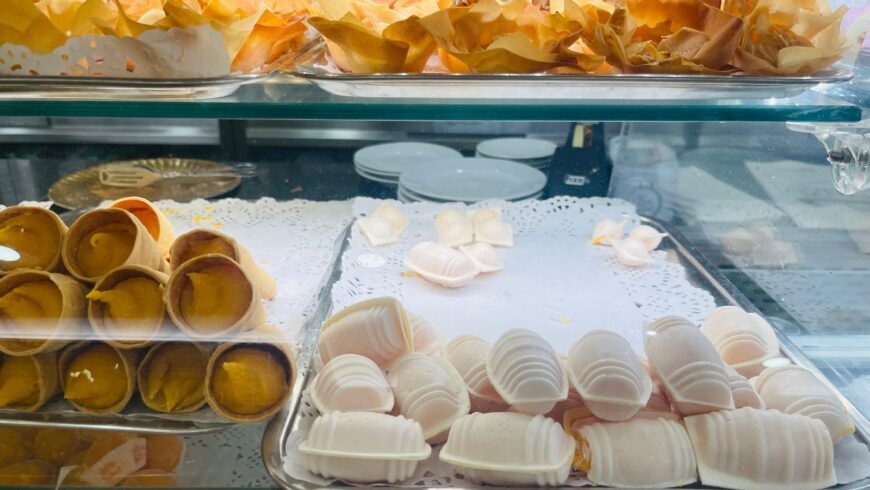

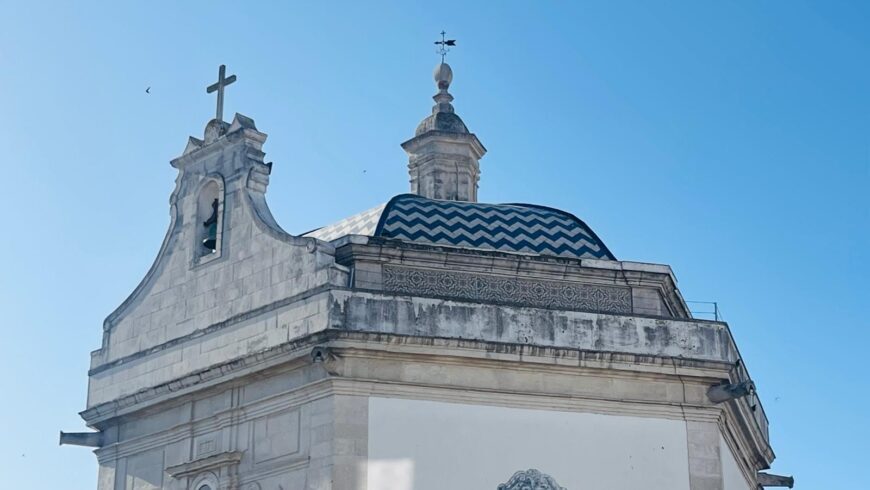
The center of Aveiro is perfect to explore on foot, thanks to the presence of large pedestrian areas. Walk along the canals, observing the beautiful Art Nouveau houses, churches, and murals. Stop by cafés and little restaurants to taste the local specialty, Ovos Molles (“soft eggs”).
Among the must-see attractions in Aveiro, there are some iconic places that tell the story, culture, and unique identity of the city:
- The historic train station, decorated with splendid azulejos depicting scenes of local life: it is considered one of the most beautiful stations in Portugal.
- The lively fish square, the heart of the city’s nightlife, where you’ll find the charming Mercado José Estêvão, an iron-and-glass building from 1904, now home to local venues and typical restaurants.
- The Casa dos Arcos, a former port authority built on an ancient 15th-century tide mill, whose arches are still visible and reflected in the canal waters, giving the building a Venetian charm.
- The picturesque Bairro do Beira-Mar, also known as “Villa Nova” and affectionately nicknamed “cagarétus” by locals: a neighborhood characterized by colorful Art Nouveau-style houses overlooking the canals.
- The Congress Center, inaugurated in 1995 inside a former ceramics factory, now a multifunctional space hosting exhibitions, cultural events, shows, and concerts.
3. The bridge trail: urban trekking through city symbols
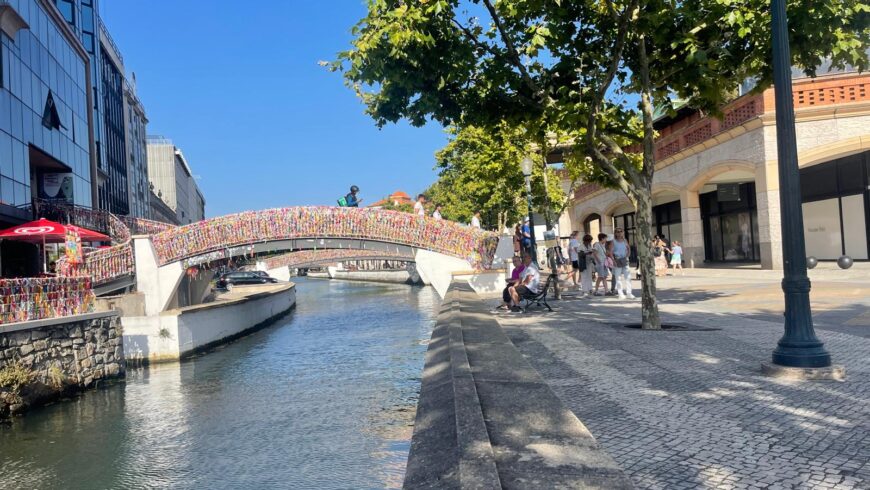
For those wishing to discover Aveiro from an unusual and evocative perspective, the Bridge Tour offers a fascinating walking itinerary that connects some of the city’s most iconic structures, each with its own history and meaning.
- The Ponte dos Botirões, inaugurated in 2006 and designed by engineers Luís Viegas and Domingos Moreira, connects the São Roque Canal and the Botirões Canal. It is known among locals as the “Ponte dos Laços” (“Bridge of Ties”) due to its symbolic architectural shape, which also earned it international recognition.
- The Ponte dos Carcavelos, built in 1953 over the São Roque Canal, stands out for its bright yellow color and decorative crests representing Aveiro. It is located in a strategic spot once frequented by salt workers and retains a strong connection to the city’s historical memory.
- The Ponte dos Laços de Amizade, which crosses the Cojo Canal, became famous in 2014 when university students began decorating it with signed bows and ribbons, turning it into a symbol of love, friendship, and belonging. Today, it is considered a living work of art, continuing to grow with each new ribbon tied to its railings.
4. Visit the Troncalhada Salt Pans Ecomuseum
Located in a wetland of high ecological value, the Troncalhada Salt Pans Ecomuseum is a genuine example of educational and sustainable tourism in Aveiro. This open-air museum, always accessible, offers a unique opportunity to explore the ancient tradition of artisanal salt production, surrounded by a fascinating and biodiverse landscape.
The ecomuseum can be explored on foot or by bike, following a route enriched with informative panels that tell the story of the salt pans, traditional harvesting techniques, and the key figures in this age-old activity. For example, the “marnoto” was (and still is) the master salter, while the “salineira” was the woman who assisted with transport and processing. If these terms sound unfamiliar, the Troncalhada Salt Pans Ecomuseum is the perfect place to discover their meaning and cultural role.
The salt harvesting season runs from June to September, a time when you can witness the marnotos at work, observe the crystal-clear basins in action, and—if you’re lucky—meet some local family-run businesses keeping this tradition alive. You can even buy artisanal salt on-site, supporting the circular economy and promoting natural resource valorization.
This area is also a refuge for many animal species: the salt pans host a thriving ecosystem, and it’s not uncommon to spot birds such as the Perna-longa (“Black-winged Stilt“) and other lagoon inhabitants.
An authentic experience that combines culture, nature, and sustainability — the perfect way to connect with Aveiro’s green spirit.
5. Hike the Grande Rota da Ria de Aveiro
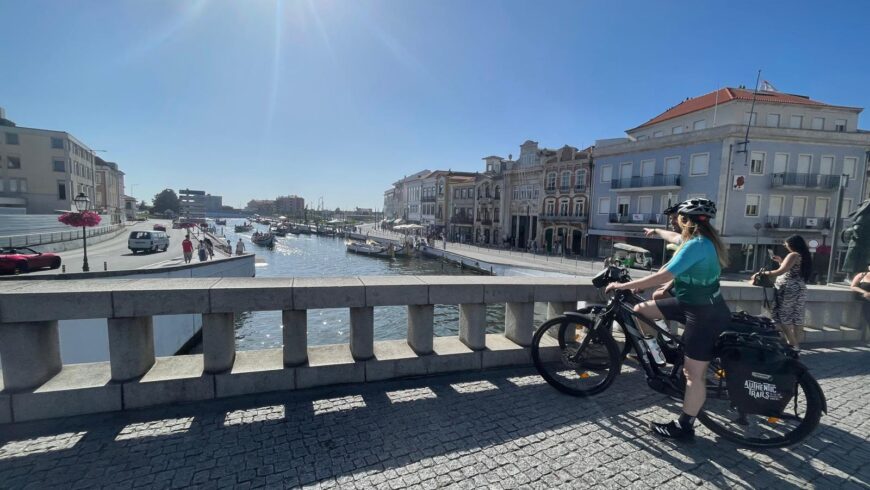
For hiking or cycling enthusiasts, the Percurso Azul of the Grande Rota da Ria de Aveiro (GRRAV) invites you to dive into 131 km of pure natural and cultural beauty. This circular route crosses 11 municipalities and a stunning variety of lagoon ecosystems, charming villages, and landscapes shaped by centuries of human–nature interaction.
Designed to encourage slow travel and sustainability, the route follows the main channel of the Rio de Aveiro, passing through Ovar, Murtosa, Estarreja, Aveiro, Ílhavo, Vagos and partly through Albergaria-a-Velha. It begins and ends along the Canal de São Roque, making it perfect for both day trips and those wanting to complete the full journey in six stages.
Well signposted, the path follows embankments, trails, and secondary roads, offering breathtaking views of unique environments: from salt marshes (sapais) to ancient bocage habitats, from coastal pine forests guarding the ocean dunes to cultivated fields. The GRRAV also connects with the GR11-E9 – Caminho do Atlântico, allowing for further exploration along Portugal’s coastline.
6. Sand dunes, ocean, and colorful houses at Costa Nova do Prado
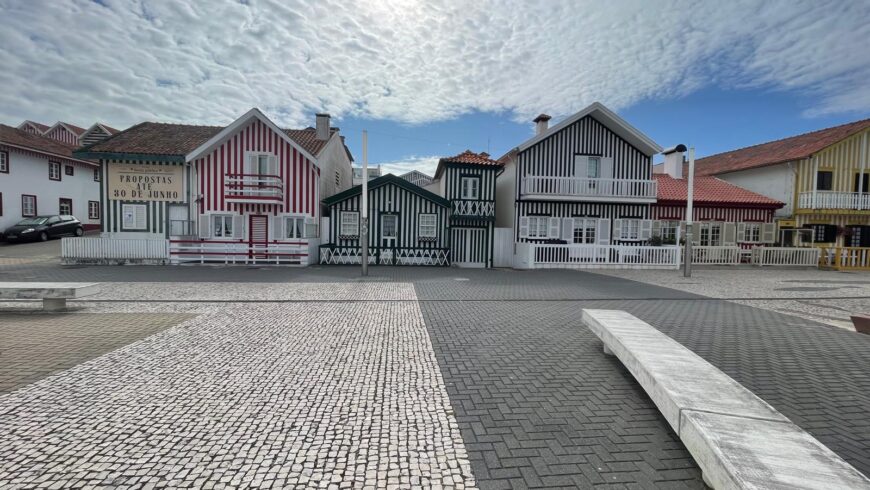
Just under an hour’s bike ride from Aveiro, you’ll reach Costa Nova do Prado, one of the most iconic seaside spots on Portugal’s central-west coast. Famous for its palheiros – traditional wooden houses with colorful stripes alternating with white – Costa Nova stretches between the Atlantic Ocean and the Ria de Aveiro lagoon, offering dramatic and contrasting scenery.
Originally used by fishermen to store nets and gear or to salt fish, the palheiros have been restored and transformed into cheerful holiday homes that line the seafront promenade. This picturesque row of buildings has become the symbol of Costa Nova and one of Portugal’s most photographed scenes. Don’t miss a visit (even just from the outside) to the Palheiro de José Estêvão, dating back to 1808, a reminder of a time when life was closely tied to the lagoon.
Stop along the promenade to try local sweet treats like the bolacha or the famous tripa, a soft filled crêpe perfect for enjoying on the go. Or order a nata with coffee at the Atlantida Café, one of the area’s most beloved spots.
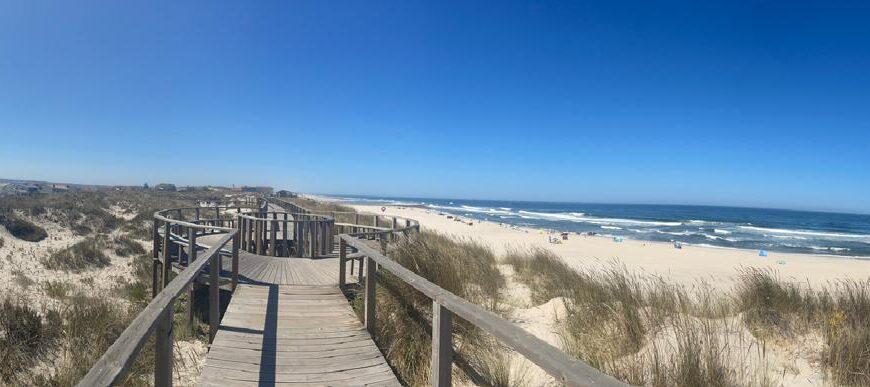
The Costa Nova beach, with its fine sand, natural dunes, wooden boardwalks, and beach bars, is a true paradise for surfers and for anyone who enjoys walking along the shore. The beach stretches unbroken from Praia da Vagueira to Praia da Barra, home to Portugal’s tallest lighthouse, standing 66 meters high. For a relaxing break, stop at the Cristal Prado Beach Bar, with its natural design, hammocks, and rope-and-wood swings — perfect for soaking in the coastal vibe.
On the lagoon side, the calm waters of the Ria de Aveiro are ideal for water sports such as sailing, canoeing, paddle surfing, and windsurfing. The area is also home to historic nautical clubs, including the renowned Clube de Vela da Costa Nova.
Aveiro is the perfect destination for those seeking sustainable, nature-connected experiences, and it stands as a real model of ecological transition. From the city’s canals to the ocean’s dunes, a different kind of travel is possible here: slower, more mindful, more authentic.
Cover image: Aveiro canal
